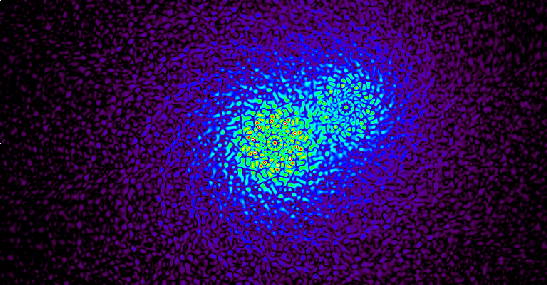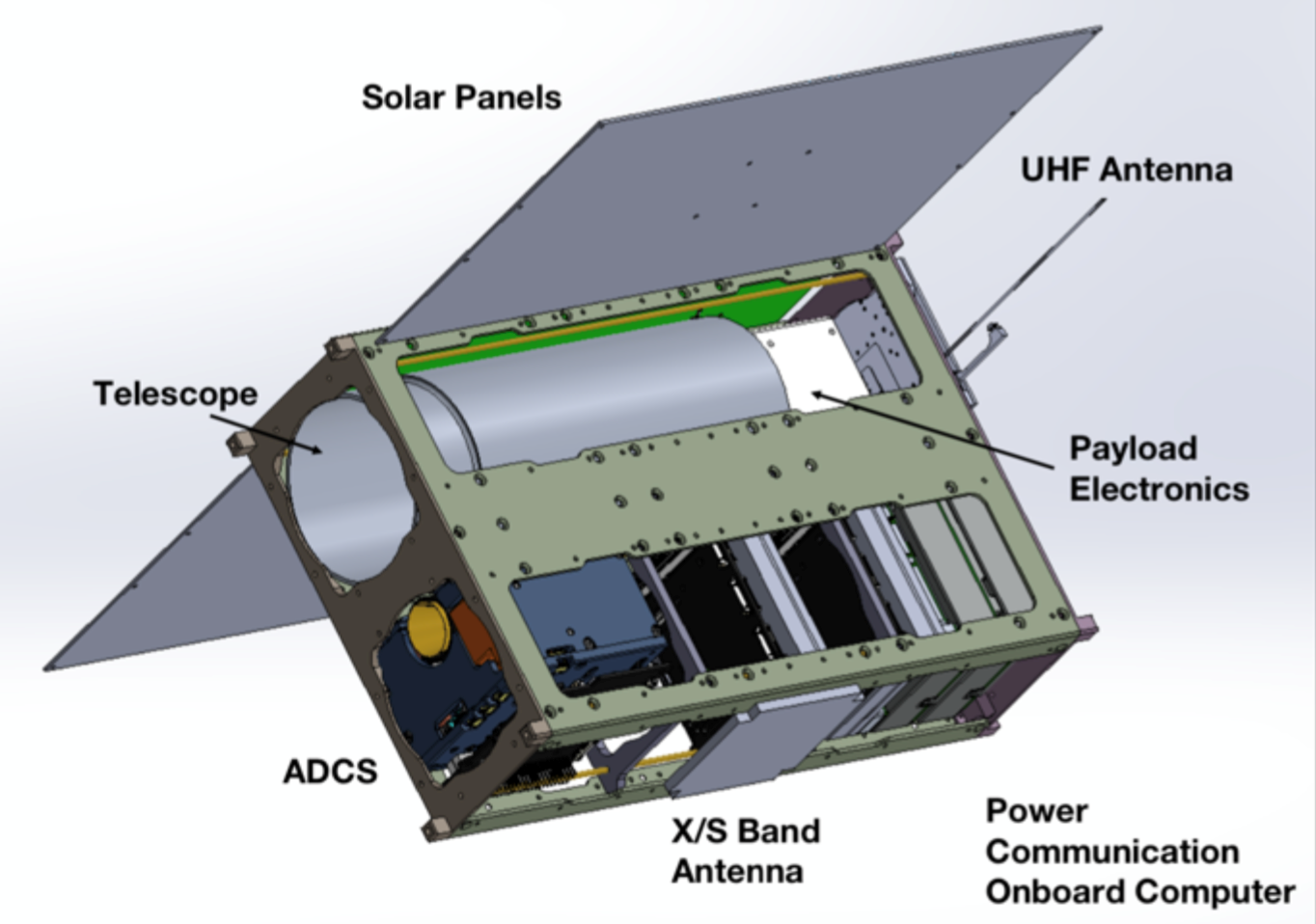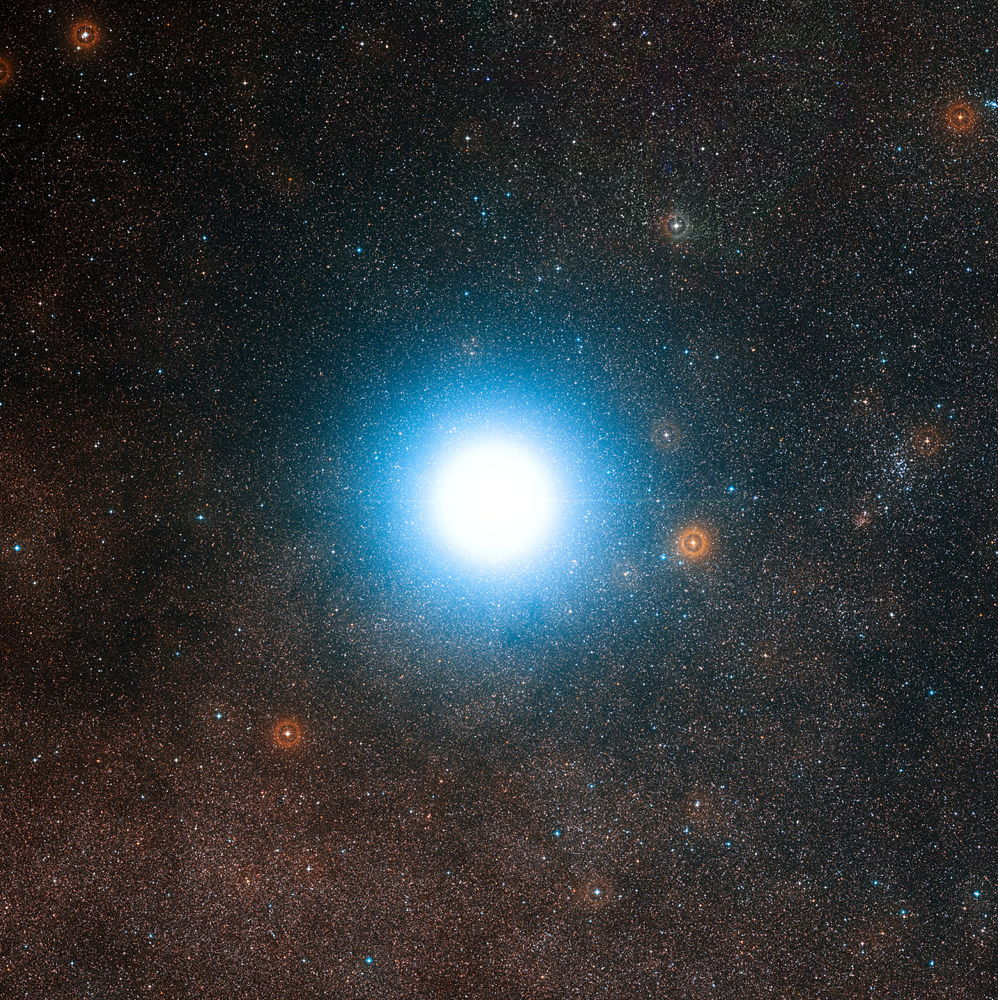Is there life at Alpha Centauri? New space telescope to seek out habitable planets around sun's neighboring star
The new TOLIMAN space telescope could launch in the mid-2020s.
A new space telescope mission unveiled today (Nov. 16) will look for habitable planets in the Alpha Centauri system, our sun's closest stellar neighbors.
The new mission, called TOLIMAN after an ancient Arabic-derived name for Alpha Centauri, will carry a novel telescope fitted with a so-called diffractive pupil lens that spreads starlight into a flowerlike pattern. This unique lens will make it easier for astronomers using the scope to detect tiny irregularities in a stars' movements that are usually caused by the gravitational influence of orbiting planets, according to a statement by Breakthrough Initiatives, which is backing the mission.
"Even for the very nearest bright stars in the night sky, finding planets is a huge technological challenge," Eduardo Bendek, an optical engineer at NASA's Jet Propulsion Laboratory, a collaborator on the mission, said in the statement.
"Our TOLIMAN mission will launch a custom-designed space telescope that makes extremely fine measurements of the position of the star in the sky. If there is a planet orbiting the star, it will tug on the star betraying a tiny, but measurable, wobble," Bendek said.
Related: Mysterious radio signal from Proxima Centauri was definitely not aliens

Alpha Centauri is the closest solar system to Earth and it has three stars, two of which are like our sun. The third star is a red dwarf called Proxima Centauri, a cool but long-lived type of a star that is the most common in the universe.
This red dwarf is known to have at least two exoplanets, one of which appears to be fairly similar to Earth.
Get the Space.com Newsletter
Breaking space news, the latest updates on rocket launches, skywatching events and more!
But so far, this intriguing star system, just four light-years away from us, has avoided detailed scientific scrutiny, despite the fact that the planets around these stars could present the most convenient destination for humankind outside of our own solar system.
While, for now, a human mission to Alpha Centauri remains in the realm of science fiction, the TOLIMAN telescope will at least attempt to answer some of the most fundamental and pressing questions about its planets. Most importantly, scientists hope to use the new scope to investigate whether these far-off worlds might indeed harbor life, or perhaps provide the right conditions for its survival.
"Our nearest stellar neighbors — the Alpha Centauri and Proxima Centauri systems — are turning out to be extraordinarily interesting," Pete Worden, executive director of the Breakthrough Initiatives, said in the statement. "The TOLIMAN mission will be a huge step toward finding out if planets capable of supporting life exist there."

The mission will focus on the habitable zone around the system's three stars, a region of space in the star's vicinity where liquid water could exist.
"These nearby planets are where humanity will take our first steps into interstellar space using high-speed, futuristic, robotic probes," Pete Klupar, chief engineer of Breakthrough Watch, a branch of Breakthrough Initiatives, said in the statement. "If we consider the nearest few dozen stars, we expect a handful of rocky planets like Earth orbiting at the right distance for liquid surface water to be possible."
Professor Peter Tuthill of the Sydney Institute for Astronomy, who leads the development of the mission, added that TOLIMAN will begin answering the questions about the nature of these intriguing worlds.
"Getting to know our planetary neighbors is hugely important," Professor Tuthill said. "These next-door planets are the ones where we have the best prospects for finding and analyzing atmospheres, surface chemistry and possibly even the fingerprints of a biosphere — the tentative signals of life."

The team, which also includes experts from Australian space-tech firm Saber Astronautics, began working on the mission in April this year, according to the statement.
The mission received $788,000 ($576,000) from the Australian government and is expected to be ready for science in the mid-2020s.
"Our plan is for an agile low-cost mission that delivers results by about the middle of the decade," Tuthill said.
Follow Tereza Pultarova on Twitter @TerezaPultarova. Follow us on Twitter @Spacedotcom and on Facebook.
Join our Space Forums to keep talking space on the latest missions, night sky and more! And if you have a news tip, correction or comment, let us know at: community@space.com.

Tereza is a London-based science and technology journalist, aspiring fiction writer and amateur gymnast. Originally from Prague, the Czech Republic, she spent the first seven years of her career working as a reporter, script-writer and presenter for various TV programmes of the Czech Public Service Television. She later took a career break to pursue further education and added a Master's in Science from the International Space University, France, to her Bachelor's in Journalism and Master's in Cultural Anthropology from Prague's Charles University. She worked as a reporter at the Engineering and Technology magazine, freelanced for a range of publications including Live Science, Space.com, Professional Engineering, Via Satellite and Space News and served as a maternity cover science editor at the European Space Agency.









